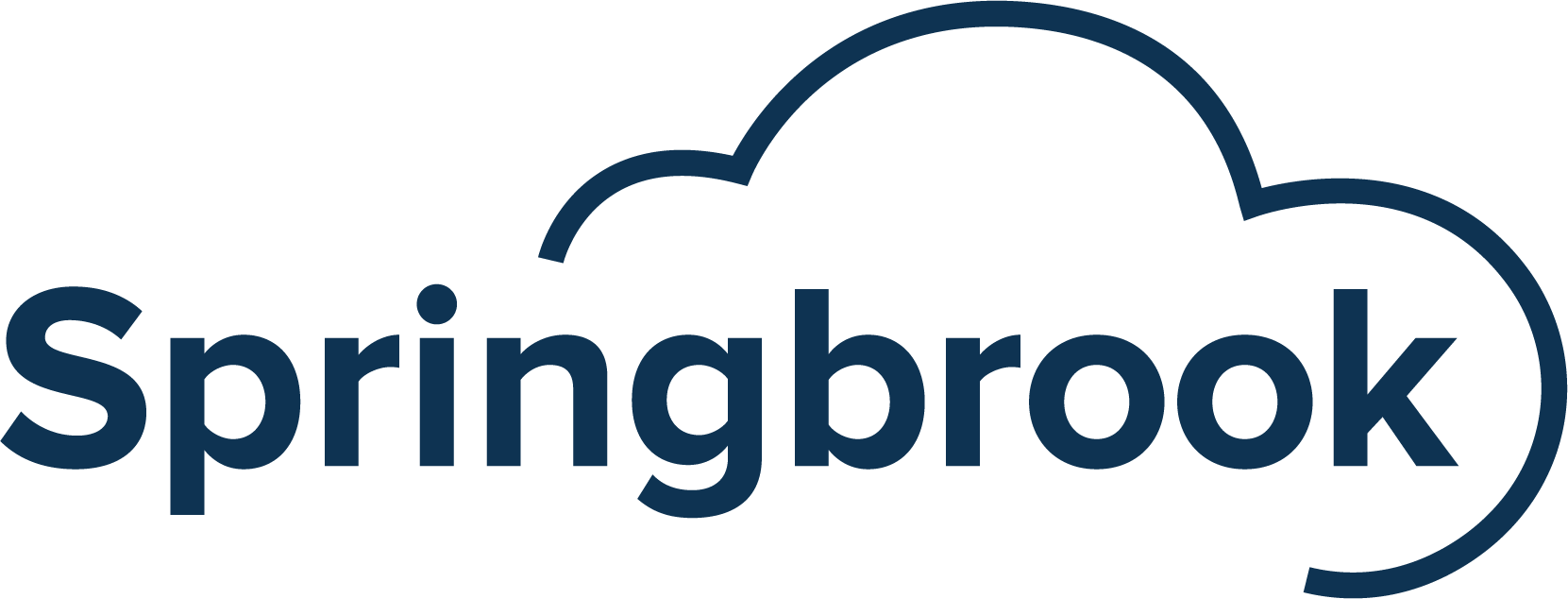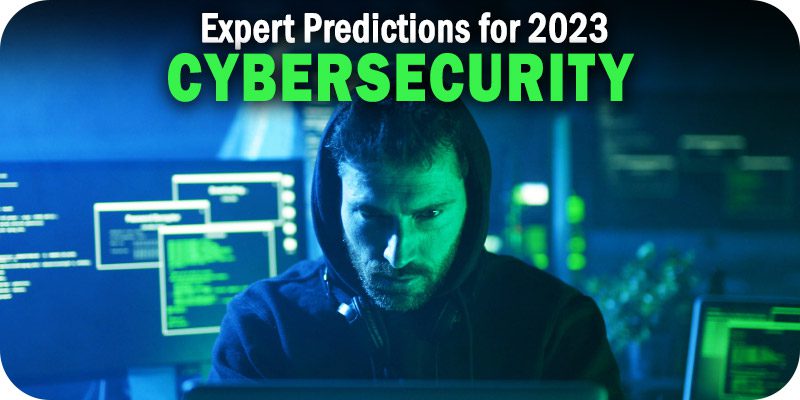As we enter the new year, it’s crucial to take stock of where we are and what’s to come. This post will present a synopsis of the most critical cybersecurity predictions for 2023 as presented in an thorough compendium of industry sources gathered by GovTech.
Security predictions for 2023
The cyber insurance industry will continue growing in complexity and importance, but many challenges are coming down the pipeline.
One of the biggest challenges is that more and more people won’t qualify for coverage because they need the right kinds of insurance or assets. This will lead to a lot of confusion and frustration for businesses and individuals alike.
The next big issue involves nation-states are getting better at using cyber-attacks as a weapon against their enemies. We’ve already seen some of this in Ukraine, where Russia has been able to use cyber attacks as part of their overall campaign strategy—and we’re likely to see more examples in the future as other countries learn from their example.
Further, multi factor authentication (MFA) has become an essential part of fighting off attacks on our data security.
As the world becomes more connected, with newer technologies like 5G and IOT coming into play, we can expect new ways of securing our data and information. As well as new ways of hacking into it.
Moreover, with the power of social media, the ability to make fake videos is becoming easier and easier. This means that people can create videos that look real but are fake. These videos could have severe consequences for businesses and individuals alike.
Experts also expect more attacks against space vehicles and drones to occur in 2023. These include attacks on satellites that could cause significant disruptions in communications systems worldwide.
In addition, analysts predict that public cloud computing will grow significantly over this period along with cyber threats such as ransomware attacks or distributed denial-of-service (DDOS) attacks.
In the next decade, cybersecurity will face several challenges and opportunities.
For instance, more critical infrastructure attacks will occur that impact society. This could include more cyber attacks on power grids, transportation, or financial systems.
Moreover, hacktivism will grow into new areas and become a bigger problem for governments, enterprises, and individuals.
Also, enterprises will be under pressure to reduce complexity in their cybersecurity architecture by moving away from endpoint solutions towards platforms to improve protection against attacks. It goes without saying that endpoint protection is one of the top cybersecurity challenges for cities.
According to Trend Micro, work and home life will continue to blur, and we’ll see a greater need for security solutions that can be used at both ends of the spectrum. In other words, we’ll be seeing more cross-platform solutions enabling users to access their information from anywhere—whether from their home computer or mobile device on the go.
Cybersecurity threats will be more varied and dangerous than ever
Ransomware is back in new, more dangerous forms. You can’t just hit “undo” on a ransomware attack: You have to pay or lose your data. And as tech companies are getting better at protecting their data, hackers are going after other types of technology that were previously deemed safe.
We see more attacks against non-traditional technology, from cars to toys to intelligent cities. Not to mention, the rise of ransomware-as-a-service providers has been gaining steam for the past decade, and it looks like it will continue for a while. As the industry grows and evolves, we expect these providers to modernize their software, focusing more on exfiltration and leak sites.
For decades, the criminal underground has relied on word of mouth and social engineering techniques to recruit new members. However, this can be time-consuming and expensive. Today, cybercriminals increasingly use machine learning (ML) to automate this process for identifying potential recruits based on their social media activity and then targeting them with tailored messages that convince them to join.
Unquestionably, security is a top priority for government agencies, and it should be. With the increase in cyber attacks and other malicious activity, protecting your agency’s sensitive data is more urgent than ever. In our most recent update, we discussed the announced cybersecurity grant program.
You don’t have to face these cyber threats alone. We can help you protect your agency from malicious cyber-attacks—and we’re proud to be on your team. For additional and information, check out Springbrook’s Cybersecurity Resource Center. Find information on the cybersecurity grants in Springbrook’s on demand grant webinar.


